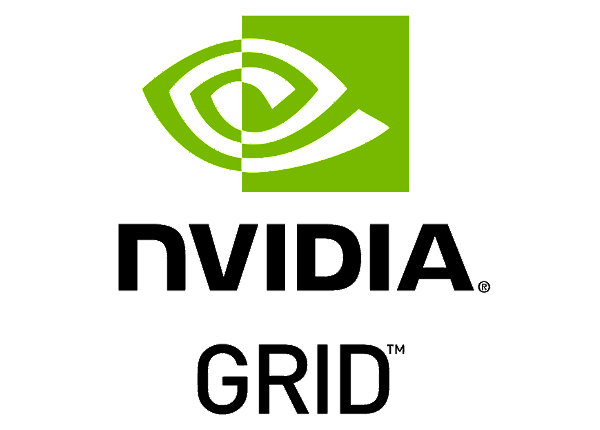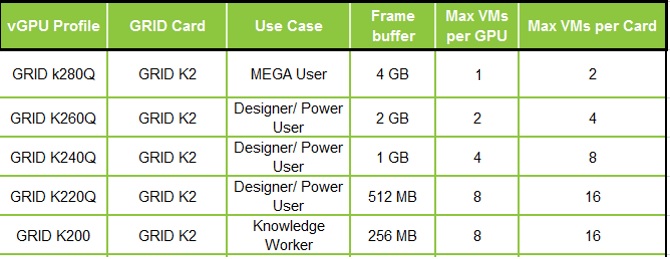Roads & PavementRoads & Pavement
Barefoot
Minimal
Low
Medium
High
Maximal
All around running shoes offer comfort and cushioning for daily runs, jogs, walks, and long mileage. They offer enough versatility for both faster and slower runs and are a great option for those who want one running shoe to do it all.
Fast run or uptempo running shoes are lightweight and responsive. They offer streamlined designs that have minimal uppers and offer a high level of energy return. These shoes are a great option for faster runs in the week or those looking for a livelier experience.
Max Cushion shoes offer premium cushioning with ample ground protection and a stable ride. These types of shoes provide abundant impact protection that softens landings while running at any pace or distance. These types of shoes are best for slower recovery runs and easy days where comfort takes priority.
Racing shoes are designed with optimal performance in mind. These types of shoes have snug-fitting uppers, energetic midsole foams, and features implemented for maximum efficiency. These types of shoes are best for runners looking to gain the ultimate advantage in races but may sacrifice some durability and comfort.
Gym Workout shoes offer a stable and versatile ride. They have a firmer underfoot feeling that provides stability for lateral movements with comfortable uppers. These types of shoes are best for trips to the gyms, cross training, casual wear, and light running. Monitoring NVIDIA GPU usage of the framebuffer for vGPU and GPU
Road running shoes feature smooth outsoles that are designed for running on paved surfaces such as roads, sidewalks, and bike paths.
Designed to handle most trail runs, these shoes prioritize comfort and a smooth ride. These shoes are great for anything from smooth singletrack, park trails, and fireroads making them ideal for those who run from their doorstep on streets before hitting the trail.
These shoes are best used for hard, rugged trails such as shale, granite or sandstone where grip on smooth surfaces and underfoot protection are important.
Designed for use in muddy, soggy conditions, these shoes feature very aggressive outsoles that dig deep into soft ground for exceptional traction.
These shoes feature technical outsoles designed to grip snowy and icy trails making them ideal for winter trail running.
Cushioning level, or stack height, refers to how much shoe is between your foot and the ground. For this category, we reference the amount of cushioning below the forefoot as the heel height will be equal to or greater than the forefoot height.
NVIDIA GRID vGPU Deep Dive Lessons Learned from the Trenches
0-13mm. The Shoe generally does not have a midsole and feels like there is no cushioning. This shoe is all about feeling the ground underfoot.
14-18mm. The shoe has a thin midsole that allows for a natural running experience. Racing shoes and minimalist shoes are common here. These shoes offer a feeling of being connected to the road or trail.
19-23mm. The shoe has a slightly cushioned feel and may feature added cushioning technologies. Performance training shoes and some trail shoes are common here. These offer protection during footstrike but prioritize a lightweight, grounded experience.
24-28mm. These shoes have a stack height that fall near the middle of the spectrum.The shoes in this category are verstaile and great for all types of runs and distances.
29-34mm. The shoe has a thick midsole and ample cushioning. These shoes are highly protective and absorb more impact than the body.
35mm plus. The shoe has an extremely thick midsole and extra cushioning. The focus is on protection and soft foam underfoot with hardly any ground feel.
Neutral shoes support the foot through a normal range of arch collapse and generally do not have a built-in technology to correct movement.
Stability shoes are a great option for those who overpronate or need added support. These shoes help to limit the inward rolling motion of the ankle while running or walking and assist in guiding the foot straight through the gait cycle. Amazon Nvidia Grid K1 Graphics Card 4 Gpus 16 Gb Gddr5
Product Details:
GRID Software Management SDK User Guide GRID Software Documentation 2025, NVIDIA GRID Days My thoughts and what I have Learned IT thoughts 2025, Using GPUs with Virtual Machines on vSphere Part 3 Installing 2025, GPU threads blocks and grids and the memory hierarchy associated 2025, Virtualizing ArcGIS Pro Nvidia Grid vGPU Profiles 2025, nVidia GRID K2 vDGA with VMware Horizon View using PCoIP VMXP 2025, Amazon Nvidia Grid K1 Graphics Card 4 Gpus 16 Gb Gddr5 2025, NVIDIA GRID vGPU Deep Dive Lessons Learned from the Trenches 2025, Monitoring NVIDIA GPU usage of the framebuffer for vGPU and GPU 2025, Nvidia GRID K1 in an HPE ML310e Gen8 v2 The Tech Journal 2025, iTWire Nvidia Grid vGPU brings virtualised GPUs to VMware desktops 2025, What is NVIDIA GRID License Manager and how do I use it NVIDIA 2025, GRIDDays Followup Understanding NVIDIA GRID vGPU Part 1 The 2025, Free VMware Horizon Tutorial NVIDIA GRID shared GPU and CUDA for 2025, IBM NVIDIA GRID K1 GPU 90Y2432 16GB DDR3 PCIe x16 Graphics Processor 2025, Pass Through a NVIDIA GRID K1 to VM on ESXi 6.0 414 2025, CUDA memory model of a GPU grid. Threads can access the Global and 2025, NVIDIA GRID M10 8Q Specs TechPowerUp GPU Database 2025, UCSC GPU VGXK2 CISCO NVIDIA GRID K2 DUAL GPU 8GB DDR5 PCIE 3.0 X16 2025, Dust Free NVIDIA GRID and a GPU Deep Dive Guest Blog Post by 2025, Virtualization of GPUs with Nvidia GRID K2. Download Scientific 2025, NVIDIA GRID Virtual GPU Access Unfolds With Citrix Tech Preview 2025, NVIDIA GRID vGPU 2025, GRID Virtual GPU User Guide GRID Software Documentation 2025, NVIDIA vGPU VDI Design Guide Citrix Virtual Apps and Desktops on 2025, NVIDIA Releases Updates to NVIDIA GRID GPU line VDI Toolbox 2025, NVIDIA GRID vGPU explained 2025, NVIDIA GRID Update NVIDIA Launches GRID Test Drive for VDI Desktops 2025, NVIDIA GRID Paves the Way for Cloud based Gaming HardwareZone 2025, nvidia smi issues Get NVIDIA CUDA working with GRID Tesla GPUs 2025, Nvidia unveils Nvidia GRID its new cloud based gaming hardware 2025, Client Licensing User Guide NVIDIA Virtual GPU Software 2025, Grids of blocks and block of threads in the GPU programming model 2025, UCSC GPU VGXK2 NVIDIA GRID K2 ECS 2025, Testing NVIDIA GRID M40 4x Maxwell GPUs and 16GB RAM cards 2025, Dust Free NVIDIA GRID and a GPU Deep Dive Guest Blog Post by 2025, NVIDIA GPUs for Virtualization 2025, Virtual GPU Software User Guide NVIDIA Virtual GPU Software 2025, NVIDIA GRID Update NVIDIA Launches GRID Test Drive for VDI Desktops 2025, Virtual GPU Software User Guide NVIDIA Virtual GPU Software 2025, Sharing GPUs for Machine Learning Deep Learning on vSphere with 2025, nVidia GRD vGPU Define Tomorrow 2025, nVidia GRID Cards Turing GPU Define Tomorrow 2025, NVIDIA 900 52055 0020 000 GRID K2 8GB Graphics Card 2025, Amazon GRIDK2 NVIDIA Grid K2 8GB GDDR5 Graphics Card GPU PCI 2025, NVIDIA GRID K520 Specs TechPowerUp GPU Database 2025, Nvidia GRID VCA DEVELOP3D 2025, GRID Virtual GPU User Guide GRID Software Documentation 2025, Nvidia GRID Wikipedia 2025, Virtual GPU Technology NVIDIA GRID NVIDIA 2025, Product Info:
Grid gpu 2025.
- Increased inherent stability
- Smooth transitions
- All day comfort
Model Number: SKU#7411990





